From the beginning of the project we have photographed natural phenomena and tried to find and understand their explanations, making connections with the physics we are learning at school. We took photos where we live and also on holidays away, in Poland or abroad. We photographed both ordinary and common phenomena, such as snow, but also managed to take a photo of a solar halo or the northern lights, the latter being a phenomenon normally not observed in Poland. Here are the results of our work.
Rime
Rime is formed by sudden freezing of very small, supercooled water droplets (fog or clouds) on chilled surfaces (e.g. on tree branches, telecommunication cables, fence nets) and sometimes increases to a considerable thickness on the side, from which moist air masses come.
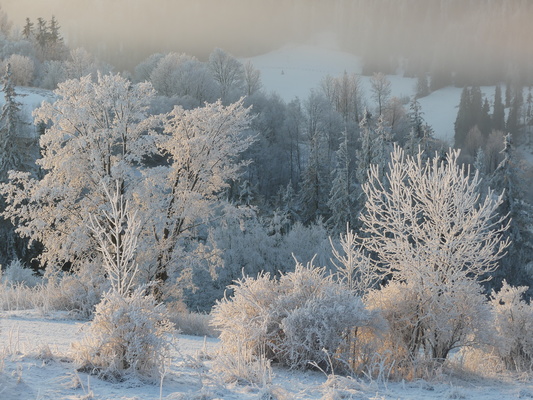
Hoarfrost
Hoarfrost is a thin layer of ice on a solid surface, which forms from water vapour in an above-freezing atmosphere coming in contact with a solid surface whose temperature is below freezing and resulting in a phase change from water vapour (a gas) to ice (a solid) as the water vapour reaches the freezing point. In temperate climates, it most commonly appears on surfaces near the ground as fragile white crystals; in cold climates, it occurs in a greater variety of forms. On a calm, clear night, ice crystals may attach to grass, leaves, and branches.
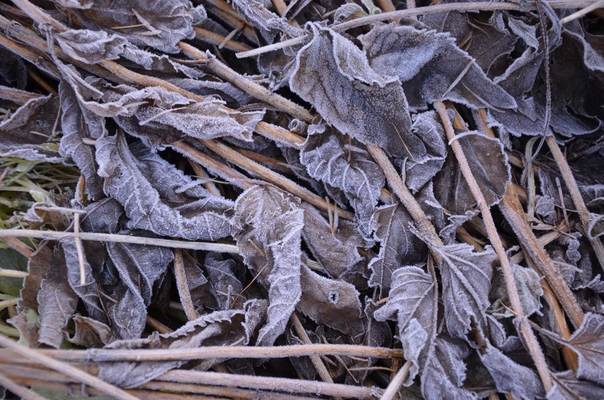
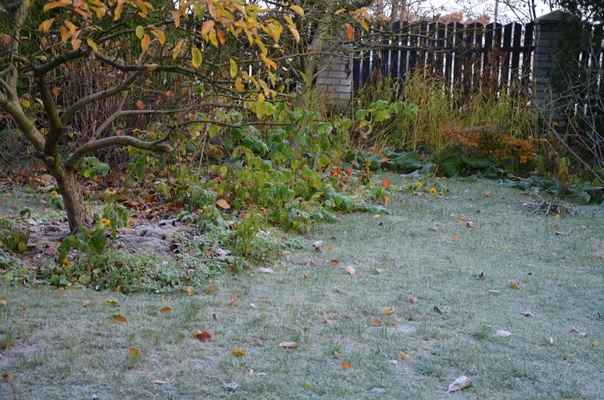
Snow
Snow comprises individual ice crystals that grow while suspended in the atmosphere—usually within clouds—and then fall, accumulating on the ground where they undergo further changes. It consists of frozen crystalline water throughout its life cycle, starting when, under suitable conditions, the ice crystals form in the atmosphere, increase to millimeter size, precipitate and accumulate on surfaces, then metamorphose in place, and ultimately melt, slide or sublimate away.
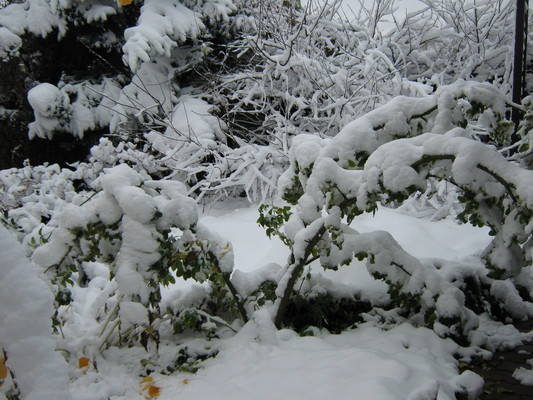
Fog
Fog is a visible aerosol consisting of tiny water droplets or ice crystals suspended in the air at or near the Earth's surface. Fog can be considered a type of low-lying cloud usually resembling stratus, and is heavily influenced by nearby bodies of water, topography, and wind conditions.

Dew
Dew forms as temperatures drop and objects cool down. If the object becomes cool enough, the air around the object will also cool. Colder air is less able to hold water vapour than warm air. This forces water vapour in the air around cooling objects to condense. When condensation happens, small water droplets form, and it's dew.
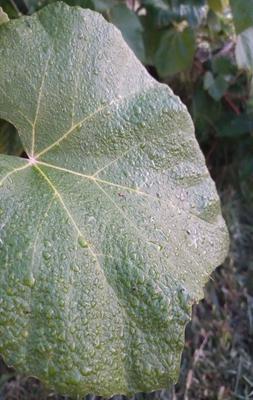
Condensation trail (contrail)
Contrails or vapour trails are line-shaped clouds produced by aircraft engine exhaust or changes in air pressure, typically at aircraft cruising altitudes several miles above the Earth's surface. Contrails are composed primarily of water, in the form of ice crystals. The combination of water vapour in aircraft engine exhaust and the low ambient temperatures that exist at high altitudes allows the formation of the trails. Impurities in the engine exhaust from the fuel, including sulfur compounds provide some of the particles that can serve as sites for water droplet growth in the exhaust and, if water droplets form, they might freeze to form ice particles that compose a contrail. Their formation can also be triggered by changes in air pressure in wingtip vortices or in the air over the entire wing surface.

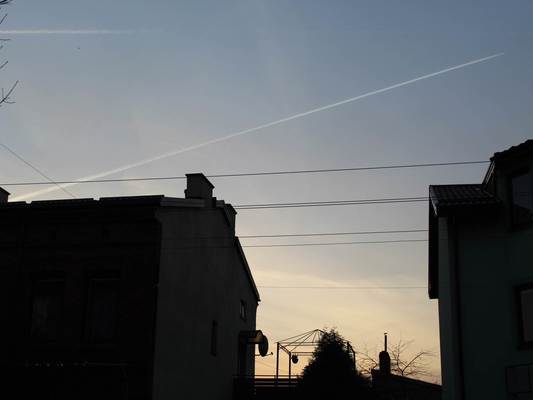
Tyndall effect
Tyndall effect is a physical phenomenon, in which light is scattered by particles in a colloid or in a very fine suspension to form a characteristic light cone. If a beam of light passes through a colloidal solution, it becomes visible in the form of so-called Tyndall's cone due to bending of the rays on the particles of the dispersed phase. The bigger is the difference between the refractive index of the dispersed phase and the dispersion medium, the greater is the intensity of this phenomenon. It also depends on the length of the scattered wave - the shorter it is, the more strongly it is scattered.
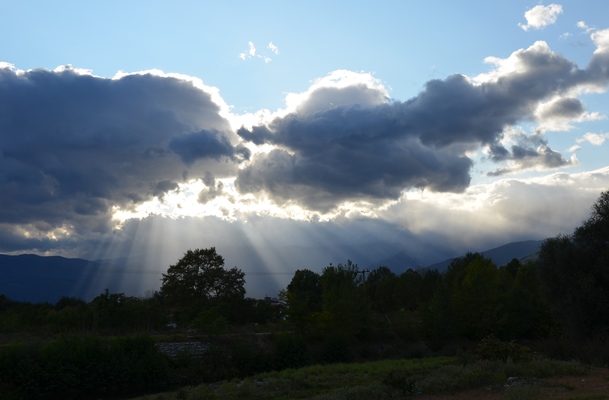
Rainbow
A rainbow is a meteorological phenomenon that is caused by reflection, refraction and dispersion of light in water droplets resulting in a spectrum of light appearing in the sky. It takes the form of a multicoloured circular arc. Rainbows produced by sunlight always appear in the section of sky directly opposite the Sun.
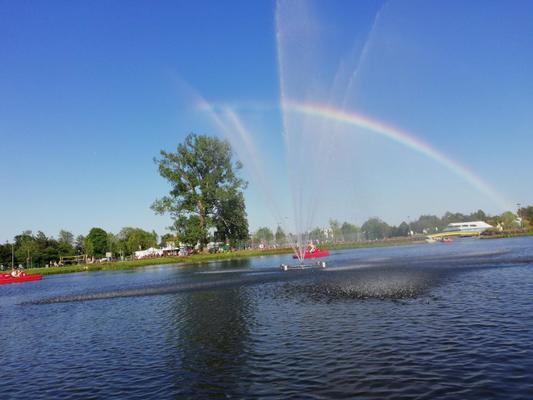
Iridescence
Iridescence is the phenomenon of certain surfaces that appear to gradually change colour as the angle of view or the angle of illumination changes. Examples of iridescence include soap bubbles, feathers, butterfly wings and seashell nacre, as well as certain minerals.

Halo
Halo is the name for a family of optical phenomena produced by light (typically from the Sun or Moon) interacting with ice crystals suspended in the atmosphere. Halos can have many forms, ranging from coloured or white rings to arcs and spots in the sky. Many of these appear near the Sun or Moon, but others occur elsewhere or even in the opposite part of the sky. Among the best known halo types are the circular halo, light pillars and sun dogs, but many others occur; some are fairly common while others are very rare.
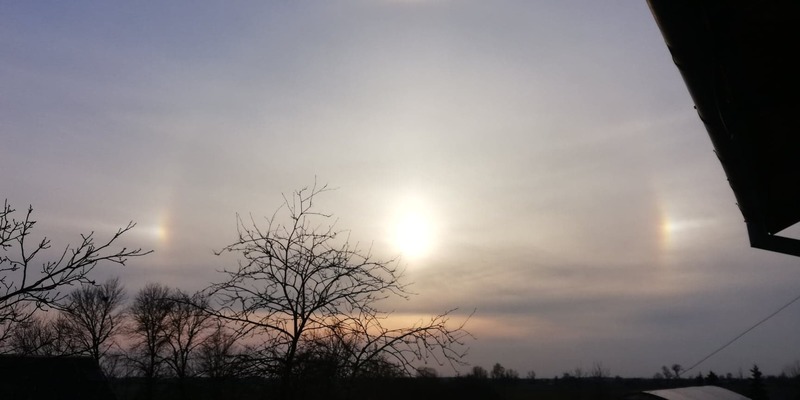
Reflection
Reflection is the change in direction of a wavefront at an interface between two different media so that the wavefront returns into the medium from which it originated. Common examples include the reflection of light, sound and water waves. The law of reflection says that for specular reflection the angle at which the wave is incident on the surface equals the angle at which it is reflected. Mirrors exhibit specular reflection.
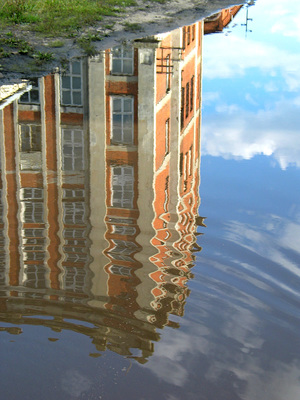
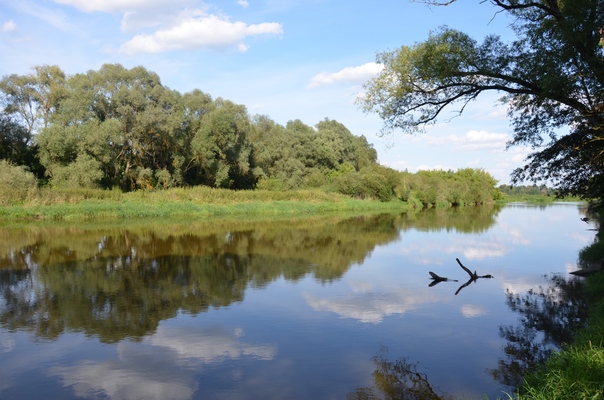
Afterglow and foreglow
An afterglow is a broad arch of whitish or pinkish sunlight in the sky that is scattered by fine particles, like dust, suspended in the atmosphere. An afterglow may appear above the highest clouds in the hour of fading twilight or be reflected off high snowfields in mountain regions long after sunset. The particles produce a scattering effect upon the component parts of white light. The opposite of an afterglow is a foreglow, which occurs before sunrise.
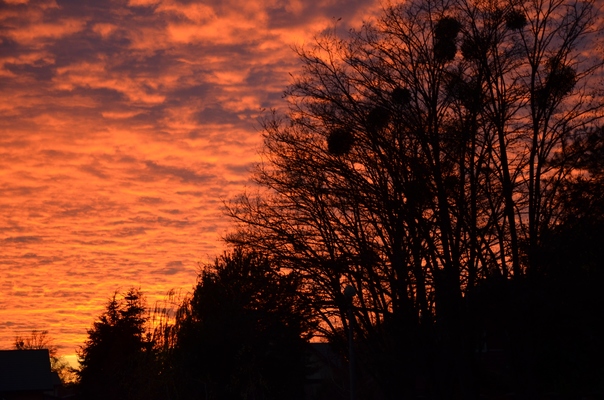
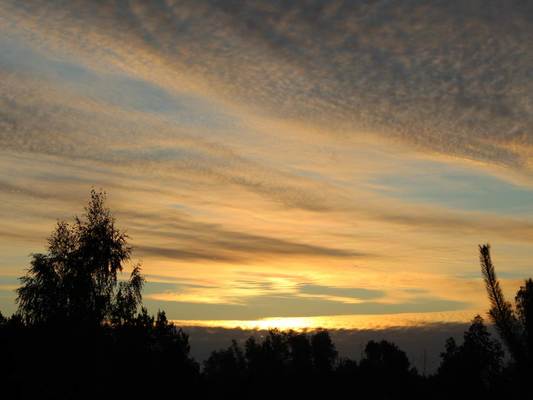
Cirrus clouds
Cirrus clouds, which have the shape of fine, white filaments with a silky sheen, are often formed by the transformation of cirrocumulus or altocumulus clouds, or the upper part of cumulonimbus clouds. They can also arise as a result of changes occurring in cirrostratus clouds of uneven thickness, where the thinnest parts have disappeared due to evaporation.

Cirrocumulus clouds
Cirrocumulus clouds consist almost entirely of droplets of highly supercooled water, which generally quickly turn into ice crystals. They can form in air free of condensation products. They can also arise from transformation of cirrus or cirrostratus clouds, or from diminishing of altocumulus cloud layer. Cirrocumuli are lens-shaped or almond-shaped, usually as a result of local orographic lifting of a layer of moist air. Cirrocumuli are similar to altocumuli. They can be distinguished by the fact that cirrocumuli are smaller and whiter. They are also so thin that no shadows are formed on their edges, which are angularly distant from the Sun.

Noctilucent clouds
Noctilucent clouds, or night shining clouds, are tenuous cloud-like phenomena in the upper atmosphere of Earth. They consist of ice crystals and are only visible during astronomical twilight. Noctilucent roughly means "night shining" in Latin. They are most often observed during the summer months from latitudes between ±50° and ±70°. They are visible only during local summer months and when the Sun is below the observer's horizon, but while these very high clouds are still in sunlight. They are the highest clouds in Earth's atmosphere, located in the mesosphere at altitudes of around 76 to 85 km (249,000 to 279,000 ft). They are too faint to be seen in daylight, and are visible only when illuminated by sunlight from below the horizon while the lower layers of the atmosphere are in Earth's shadow.
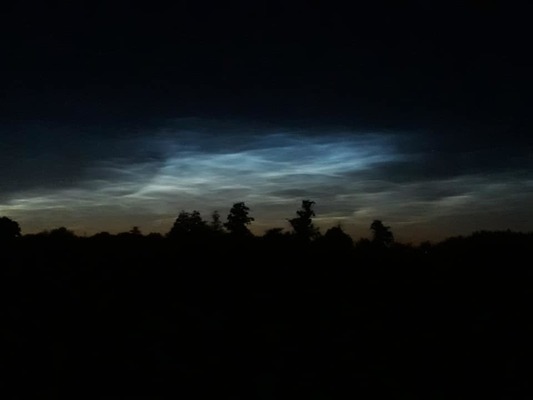
Aurora
An aurora is a natural light display in the Earth's sky, predominantly seen in high-latitude regions. Auroras are the result of disturbances in the magnetosphere caused by solar wind. These disturbances are sometimes strong enough to alter the trajectories of charged particles in both solar wind and magnetospheric plasma. These particles, mainly electrons and protons, precipitate into the upper atmosphere. The resulting ionization and excitation of atmospheric constituents emit light of varying colour and complexity. The form of the aurora, occurring within bands around both polar regions, is also dependent on the amount of acceleration imparted to the precipitating particles. Precipitating protons generally produce optical emissions as incident hydrogen atoms after gaining electrons from the atmosphere. Proton auroras are usually observed at lower latitudes.
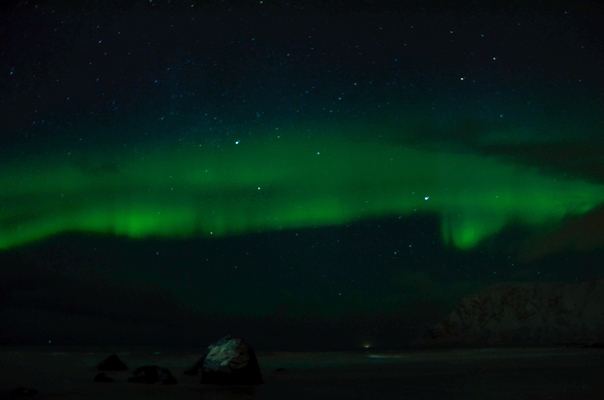
NATURAL PHENOMENA - MARIA AND AGATA TWARÓG.docx
NATURAL PHENOMENA - Zofia Cymerska.docx
NATURAL PHENOMENA - ALEKSANDRA BURNO.pptx
Tyndall's effect - Lena Gluźniewicz.pptx